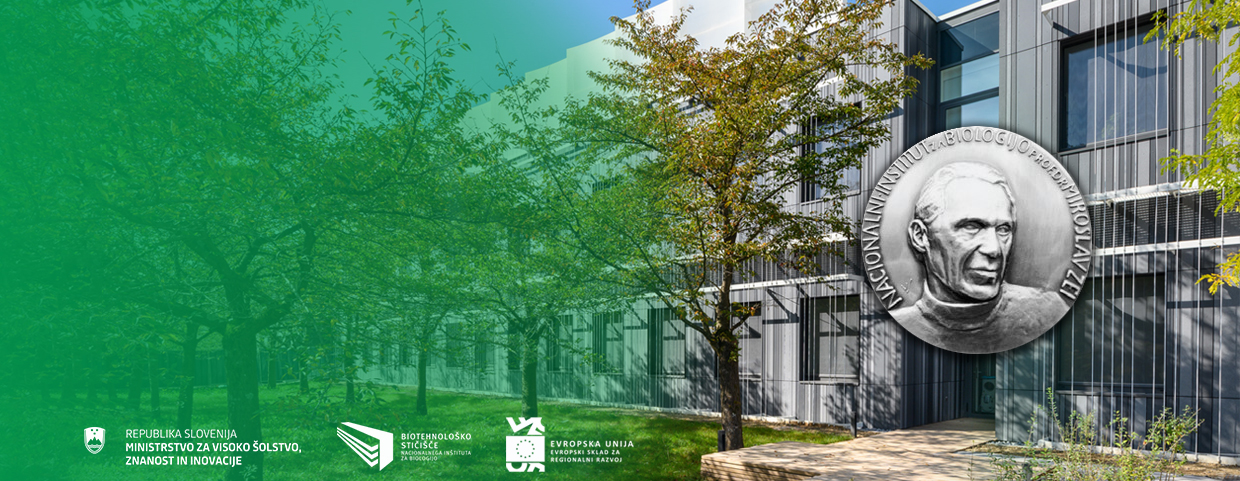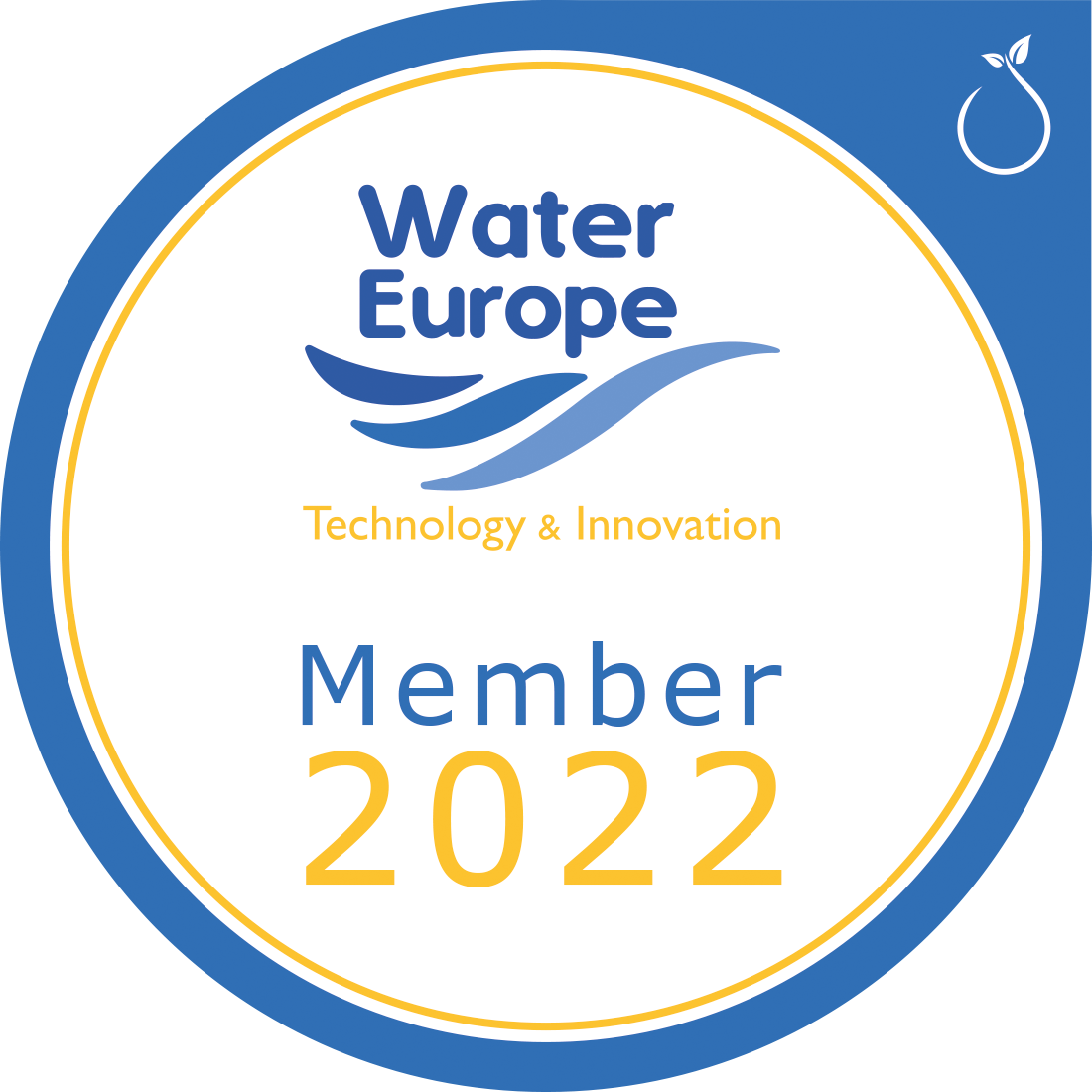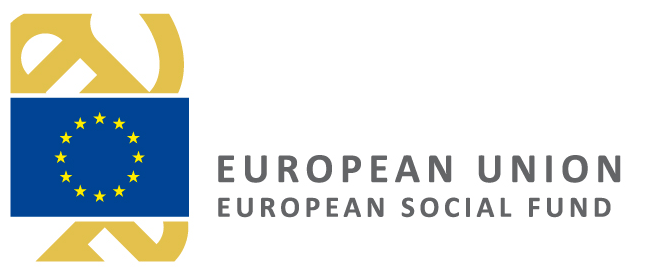22
Apr
National Institute of Biology kindly invites you to attend the lecture: "The digital era for the detection and quantification of genetically modified organisms", by David Dobnik Phd
National Institute of Biology kindly invites you to attend the lecture: "The digital era for the detection and quantification of genetically modified organisms", by David Dobnik Phd. The lecture will take place on Wednesday, April 22nd, 2015, at 14:00, in the Lecture Hall B3 of the Biological Centre, Večna pot 111, Ljubljana.
National Institute of Biology kindly invites you to attend the lecture:
"The digital era for the detection and quantification of genetically modified organisms"
by David Dobnik Phd,
The lecture will take place on Wednesday, April 22nd, 2015,
Abstract:
In 2014, the genetically modified (GM) crops were sown on more than 181 million hectares of farmland in 28 countries. Cultivation of GM crops in the European Union is very limited, but there are more crops (corn, soybeans, rapeseed, carnations, sugar beet and cotton) that can be imported and used for food, feed or for processing. Scope of genetically modified organisms (GMOs) is regulated and controlled at the level of the EU and applies to all member states. For the purpose of official controls for the presence of GMOs on the market, we at the National Institute of Biology, which is a National reference laboratory, are using molecular methods for determining the presence at the DNA level, particularly by polymerase chain reaction (PCR) in various designs.
For consistent implementation of legislation on labeling of GMOs, precise quantification of GMOs is also required.With the increasing number of different GMOs, their detection has become time-consuming and is not cost-effective anymore. In order to improve methods for the detection and quantification of GMOs, we recently started the development of methods suitable for digital PCR (dPCR), which is the latest version of the classical PCR. In dPCR the reaction mixture is divided into thousands of partitions, each undergoing a PCR reaction. Through the number of positive and negative partitions and using the Poisson distribution we can accurately determine the initial number of copies of each target in the reaction. In addition to the basic quantification of individual GMOs with dPCR, methods for multi-targeted quantification will also be presented. Quantification of multiple targets at the same time in one reaction enables a smaller number of reactions, the shorter the time of analysis and consequently improves the cost- effectiveness.
The lecture will be held in Slovene.
Kindly invited!
Invitation
















